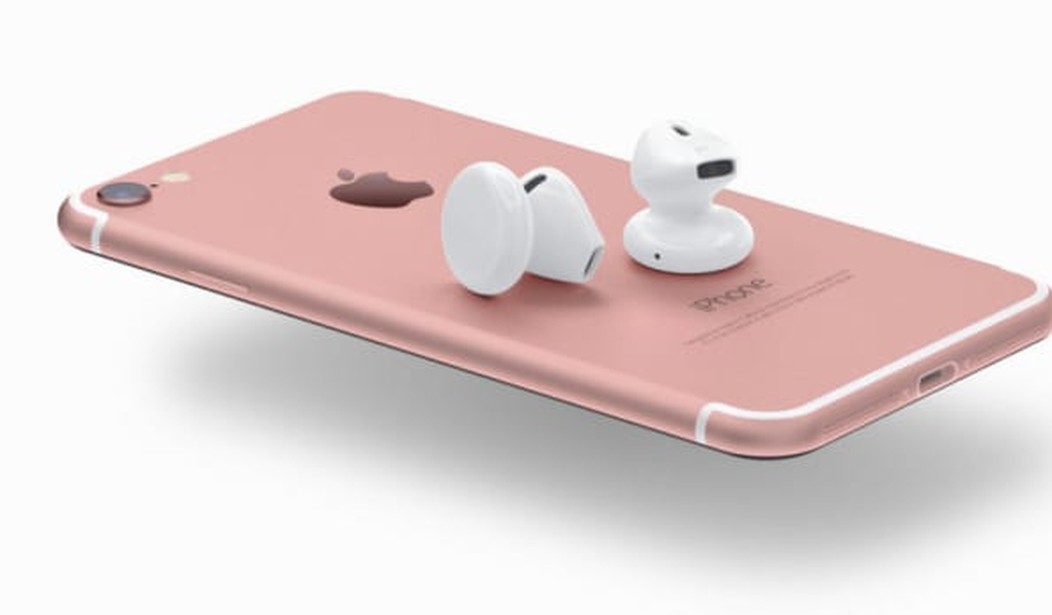You know that headphone jack on your phone? That little round connector, an eighth-inch (3.5 mm) in diameter, in which you plug in your headphones or earbuds? Well, it may be extinct on the next generation of iPhones. Apple is rumored to be removing it from the iPhone 7 and 7 Plus, due out in September. While Apple has not confirmed this – they haven’t even confirmed an iPhone 7 – photos of parts going into their new phone show that it’s gone.
Now, Apple has a reputation for discarding many of the standard features on their products well before their competition does. They were the first to eliminate floppy drives from notebook computers and the first to make the batteries from computers and phones non-user removable. These decisions were unpopular at the time, but they led the industry and contribute to Apple’s reputation as an innovative company.
But, is the headphone jack different? It’s been on nearly every portable radio, TV set and phone since the fifties. Why would Apple do this? Because they want you to use their Lightning connector or perhaps eventually just use wireless Bluetooth headphones.
The Lightning connector is the slot on the bottom center of the iPhone that you use for charging. This is an Apple-developed connector found only on Apple phones, iPads and iPods. And recently they made it possible to send audio signals over it as well.
In addition, this digital connector, unlike the analog audio jack, can send power and data both ways. So you’ll be able to use headphones that require power, such as noise reducing headphones, powered by the phone, and not need batteries in the headphones. Of course, that will deplete your phone’s battery even faster. The connector will also allow for new features, such two-way communications with Siri and other apps on the phone.
The Lightning connector will also enable headphone makers to add new features to their headphones such as an equalizer or other electronics to adjust the way the music sounds.
So what does all this mean for you? First, you’ll not be able to use your existing headphones without buying an adapter, likely to cost $30 to $40. Second, you’ll not be able to use a headphone and charge the phone at the same time, unless there’s a different kind of adapter.
And if you use your headphone in different devices you’ll need to have different cables or adapters. For example, Audeze, a popular high-end headphone manufacturer, makes headphones with different cables, including one for Lightning and another for the audio jack.
Apple might also have some financial reasons for making this change. If you are a manufacturer that makes headphones or accessories that need a Lightning connector to plug into the phone, you need to buy them from Apple’s approved suppliers at a cost of $2 to $3 each, compared to an audio jack that costs just pennies. For some manufacturers, that can be 5% to 30% of the cost of their headphones or earbuds. Apple also retains the right to approve what the connector is used for, so it gives them more control.
But perhaps there’s another reason. Apple may believe that most of us will be using Bluetooth headsets that eliminate the wired connection all together. Bluetooth audio is still inferior to a wired connection, but audio quality has never been a high priority with Apple.
What about Android phones? Samsung and other makers are slowly moving to use a new type of connector called USB Type-C. It looks much like the existing connector on Android phones for charging, called USB Micro, but you can plug in a Type-C connector in either direction, and it too will work with audio. But so far there’s no reports of Android phones eliminating the audio jack.
Apple would seem to be taking a big risk here in abandoning a standard that’s been around for decades. But we know they think strategically and focus on the long term, even when it causes its customers inconvenience in the short term.









Join the conversation as a VIP Member